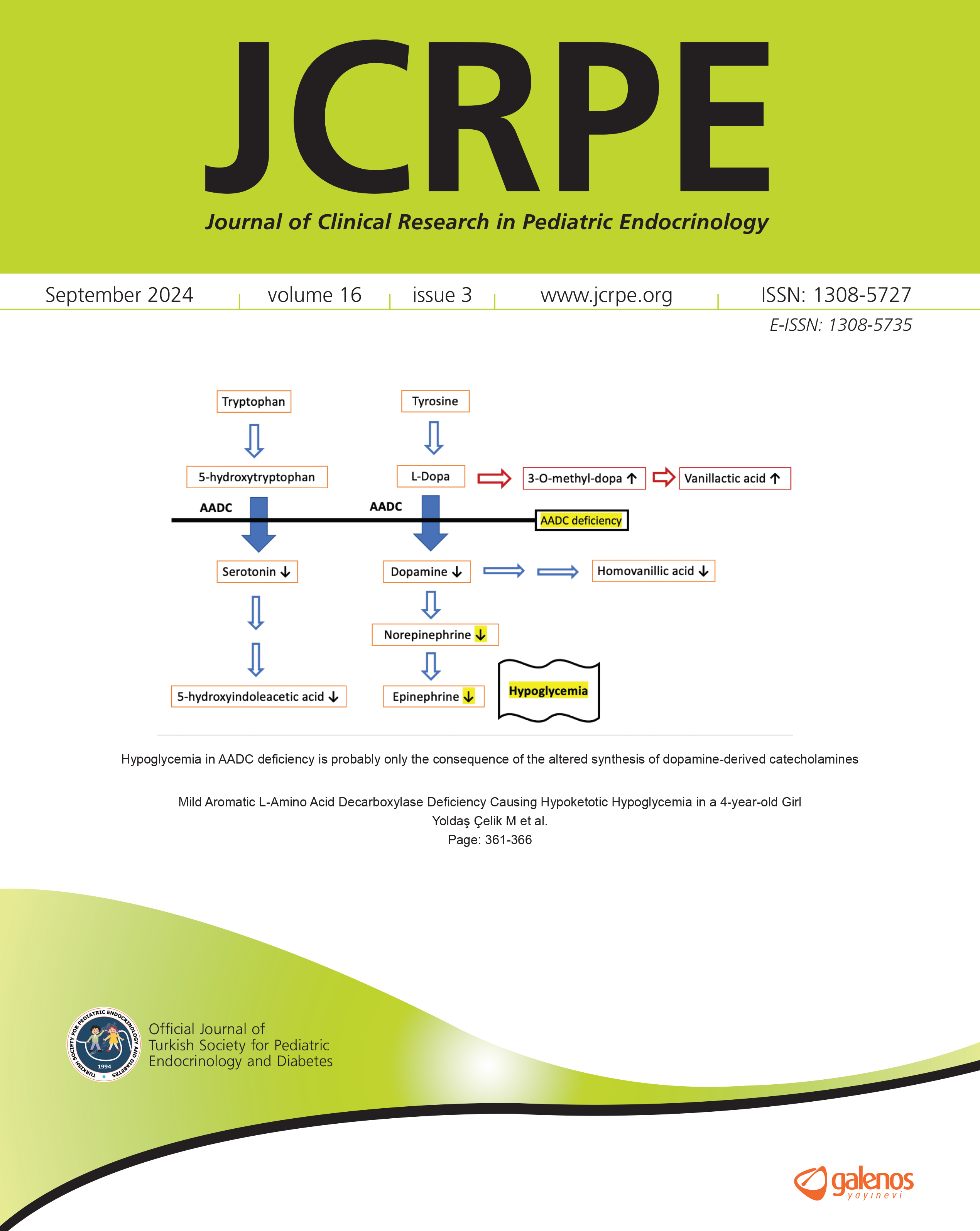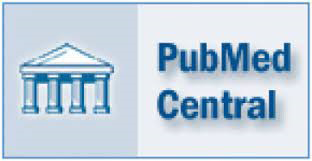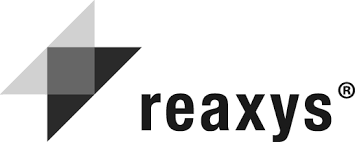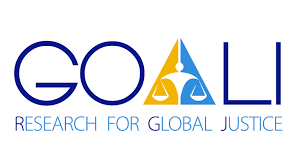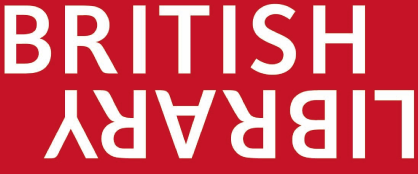Approach to Newborns with Elevated TSH: A Different Perspective from the International Guidelines for Iodine-Deficient Countries
Cengiz Kara1, Hüseyin Anıl Korkmaz21Istinye University, Faculty of Medicine, Department of Pediatric Endocrinology, İstanbul, Türkiye2University of Health Sciences, Izmir Faculty of Medicine, Department of Pediatric Endocrinology, İzmir, Türkiye
Lowering of thyroid-stimulating hormone (TSH) cutoffs in newborn screening programs has created a management dilemma by leading to more frequent detection of neonates with elevated TSH concentrations due to false-positive results, transient neonatal hyperthyrotropinemia (NHT), and milder forms of congenital hypothyroidism. Current consensus guidelines recommend starting treatment if the venous TSH level is >20 mU/l in the face of a normal free thyroxin (FT4) level, which is an arbitrary threshold for treatment decisions. In countries such as Türkiye, where transient NHT may be more common due to iodine deficiency and/or overload, putting this recommendation into daily practice may lead to unnecessary and over treatments, long-term follow-ups, and increased workload and costs. In this review, we addressed alternative approaches for infants with elevated TSH concentrations detected at newborn screening. Our management approach can be summarized as follows: Infants with mild NHT (TSH<20 mU/l) should be followed without treatment. In moderate NHT (TSH 20-30 mU/l), treatment or monitoring decisions can be made according to age, TSH trend and absolute FT4 level. Moderate cases of NHT should be treated if age at confirmatory testing is >21 days or if there is no downward trend in TSH and FT4 level is in the lower half of age-specific reference range in the first 21 days. In in-between cases of moderate NHT, thyroid ultrasound can guide treatment decision by determining mild cases of thyroid dysgenesis that require life-long treatment. Otherwise, monitoring is a reasonable option. Infants with compensated hypothyroidism (TSH>30 mU/l) and persistent hyperthyrotropinemia (>6-10 mU/l after neonatal period) should receive L-thyroxine treatment. But all treated cases of isolated TSH elevation should be closely monitored to avoid overtreatment, and re-evaluated by a trial off therapy. This alternative approach will largely eliminate unnecessary treatment of infants with transient NHT, mostly caused by iodine deficiency or excess, and will reduce workload and costs by preventing unwarranted investigation and long-term follow-up.
Keywords: congenital hypothyroidism, neonatal hyperthyrotropinemia, newborn screeningManuscript Language: English

